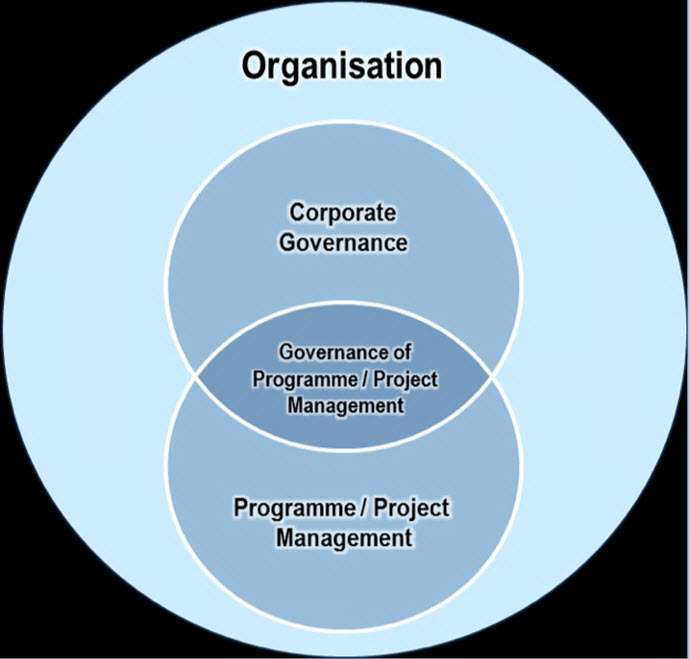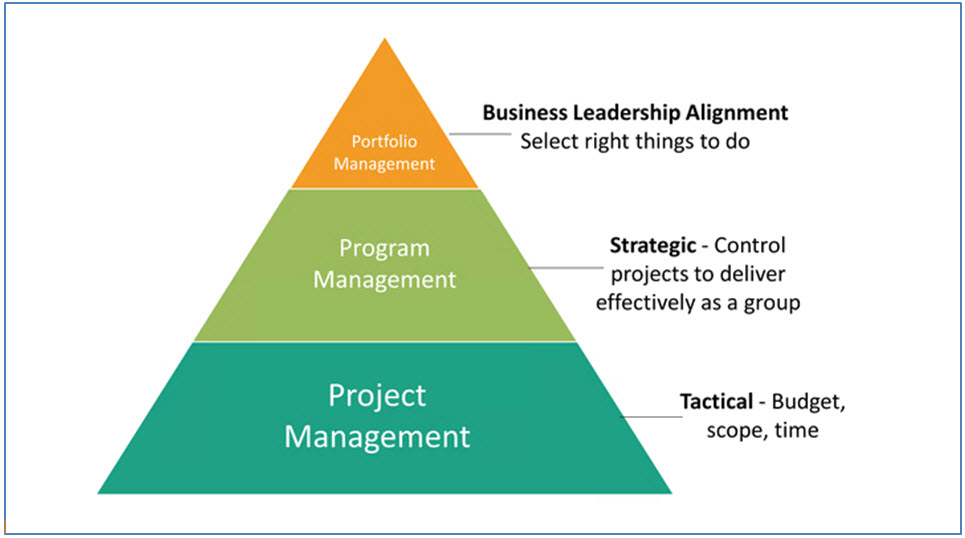- maio 13, 2019
- Posted by: Equipe Ustore
- Category: Computação em Nuvem, Internacional

Artigo em inglês
The theme Corporate Governance has been growing and winning more interest from managers, investors, public authorities, students, society and other interested parties. The concept is quite broad, but we can understand that it is a management model, adding value to shareholders and increasing the return on their investments.
Corporate governance is an area of study with multiple approaches. One of the main concerns is to ensure that key players adhere to pre-agreed codes of conduct through mechanisms that attempt to reduce or eliminate conflicts of interest and breaches of fiduciary duty. The main stakeholders are shareholders, senior management, the board of directors, and auditors (internal and external). Other participants in corporate governance include employees, suppliers, customers, banks and other lenders, regulatory institutions, and the community at large.
The application of governance practices is growing in organizations. Executives are increasingly in need of resources such as internal teams, partners, suppliers, budget and timeframes with the goal of performing faster, with fewer resources, executing their projects more efficiently, which, in turn meet increasing strategic or tactical demands operations. If built correctly, it will integrate and align with business needs, technology offerings, innovation, support services, strategic risks, market, competition and, ultimately, customer satisfaction, while also supporting the strategies defined for the organization.
Corporate Governance in Projects
The maturity of companies in corporate goverenance generates benefits in the strategic management model, establishing their management mechanisms and rituals through policies, procedures, methodology and management model applied internally. It places the entire organization (at its hierarchical levels) on the same page in relation to how things should be done. An important point is that models used in project management should use standardized practices, documented procedures that are universal in the company, but flexible enough to allow the project manager to implement the appropriate management plan.
Responsibility for integrating a project – the main activity of the project manager – is justified by the need to define a good planning structure (project plan), monitoring (accountability) and delivery of results. Applying concepts of governance in projects, this responsibility increases even more, since each project will be partially contributing to one or more strategic objectives and their benefits, which, in turn will be linked to a progra that will be in a portfolio that contemplates needs and business objectives (at a higher level).

As shown in Figure 1, the outer circle reflects all of the organization’s business activities. Within this sphere of action, there are governance activities and program/project management activities. The overlap between these two sets of activities represents the governance of program and project management. The principles of program and project governance for a proprietary organization will be embedded in the owner’s project/program management work methodologies.
Program governance and project management defines the framework within which programs and projects will be conducted. It establishes the structure, resources, communication, reports and monitoring systems to manage projects consistent with the corporate or strategic vision of the organization. Ideally, this will be the responsibility of the PMO.
The Project Management Institute (PMI) recently launched the a standard that defines Project Governance as the structure, functions, and processes that guide project management activities to create a single product, service, or project and achieve the strategic and operational goals of the organization. The Governance Framework refers to the four domains (supervision, control, integration and decision making) with functions, processes and activities for projects, programs and portfolio.
Differences between Project, Program and Portfolio Management
Portfolio management focuses on choosing the right projects. Because projects are investments and because most companies have limited resources, it is important to focus and choose the best investment options. Programs and projects are both within the scope of implementation.
The projects are temporary undertakings undertaken to achieve a specific result or delivery that is beneficial to the sponsoring company.
In the PMI definition, programs are composed of highly related projects and the use of program management would achieve benefits that would otherwise be difficult, if not impossible. In most organizations, the distinction between “high-level relationships” and “more benefits” is often imprecise. At one extreme, a “soft program” is a collection of loosely related projects, which is more like a portfolio.
The Role of PMO and Other Areas Involved
The current Office of Project Management or Project Management Office (PMO) has a key role to play in linking Corporate Governance with Governance in Projects. Remembering that if the organization does not have a PMO, a professional or even a team from a certain area can play this role. Through a model with decision support mechanisms for projects, whether at the tactical or strategic level, the PMO will assess whether the objectives of a project, program or portfolio are being achieved in accordance with the physical progress, respecting the levels.
Portfolio – Criteria for selection, evaluation and prioritization of components; Fulfillment of strategic business objectives
Program – Management Benefits
Project – Term performance index; Cost performance index; Added Value
How does this bring better results for the business? Notice, in Figure 2, the relevance of the alignment between projects, programs and portfolio.

There is a need for minimum maturity in relation to the application of project management practices in this model. Companies that do not have this requirement (minimum) will have loss of credibility and reliability of information in executive follow-up.
One of the critical factors predicted by a project governance model, generally supported by management rituals such as meetings with record of strategic decisions and / or information, is the periodic checks or checks with stakeholder involvement that evaluate the viability of actions (projects). That’s because, due to the speed of change in the market, things that were once a top priority for the organization may have become expendable overnight.
In the portfolio, once the execution cycle is authorized, periodic revaluations are necessary due to the constant change in the market. In programs, the strategic objectives and benefits should be reviewed and changed in accordance with the expected changes in the portfolio. In projects, it is important to periodically review objectives, such as, analyzing the project’s business case. Monthly reports that record project status (physical-financial progress, risks, next steps, achievements, among others) support the unfolding of accountability that will feed the consolidated information from higher levels (programs and portfolio) to the top management.
Note that the higher the level, the longer the time to the next revision. This happens because the higher the level, the greater the difficulty of stopping senior management members for review. A PMO can and should be facilitating this process, provided for by the Governance in Projects model.
The implementation of a governance model in projects should foresee the integration between the levels (projects, programs and portfolio) and the Corporate Governance mechanisms for analysis, approvals, accountability and results. The importance of how the project management is carried out by the organization will be one of the main bases for structuring Governance in projects. This understanding will enable the professional to understand the levels of detail required to link projects, programs and portfolio, in their respective practices, to the processes foreseen for governance.
In this sense, the establishment of a (minimum) governance model supports and accelerates organizational development in project, program and portfolio practices, bringing benefits through strategic alignment and, consequently, delivering better results for the business in less time. The business will experience a vey different result if such a model does not exist.
We can conclude that there are great opportunities for organizations to evolve their strategic management processes contributing to their sustainability, sustainability and growth.
Source: TMC Net
Author: Lenildo Morais, Project Manager at Ustore, a leader in the Brazilian cloud storage market, based at the Porto Digital technology campus in Recife. He is also a Researcher at the ASSERT Research Technologies Laboratory – Advanced System and Software Engineering. Lenildo has experience in Software Engineering, working in the following research topics: software quality, methodologies and processes of software development, requirements engineering, software testing and project management software. He earned a Master in Computer Science at the Center of Informatics of the Federal University of Pernambuco.
